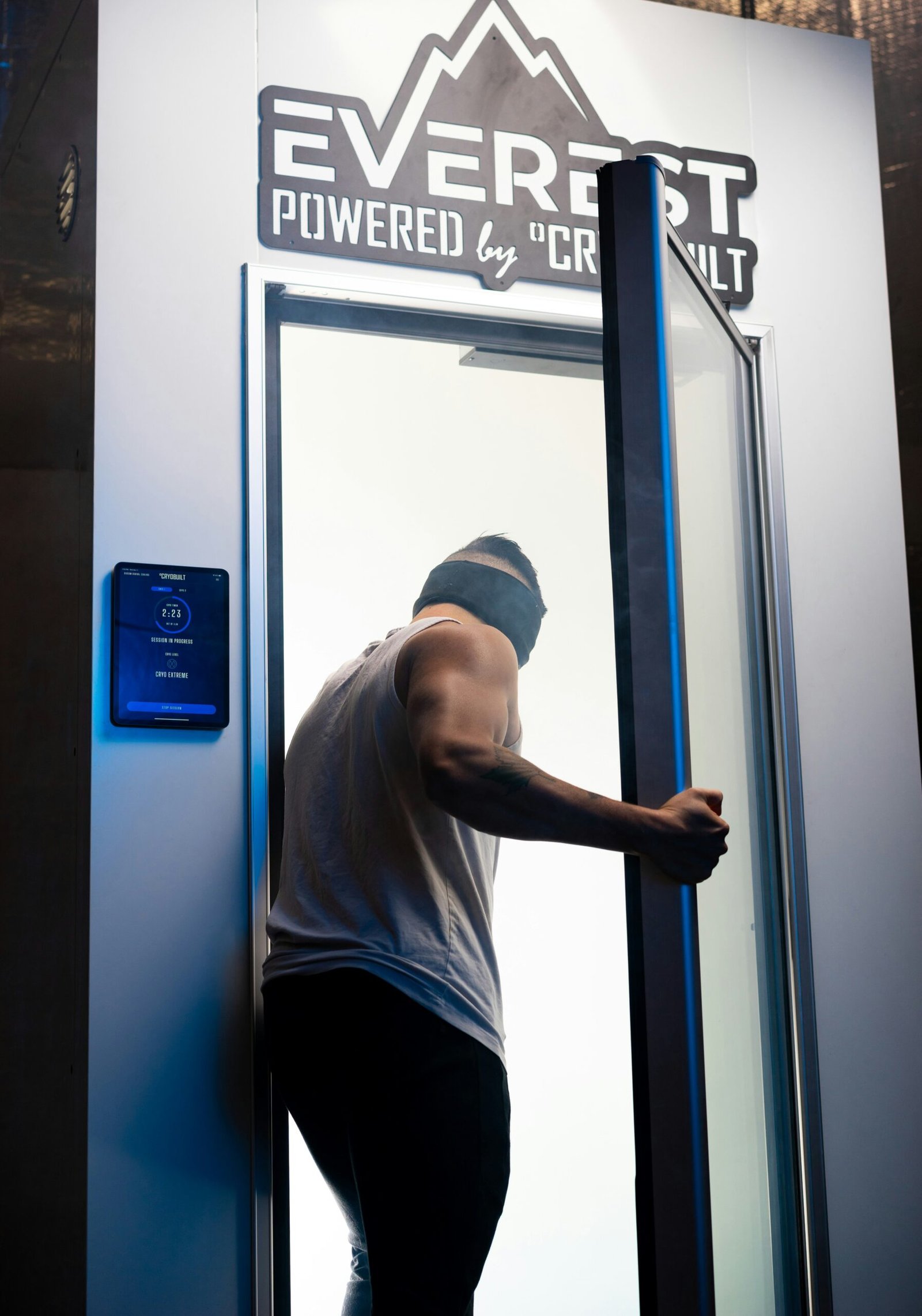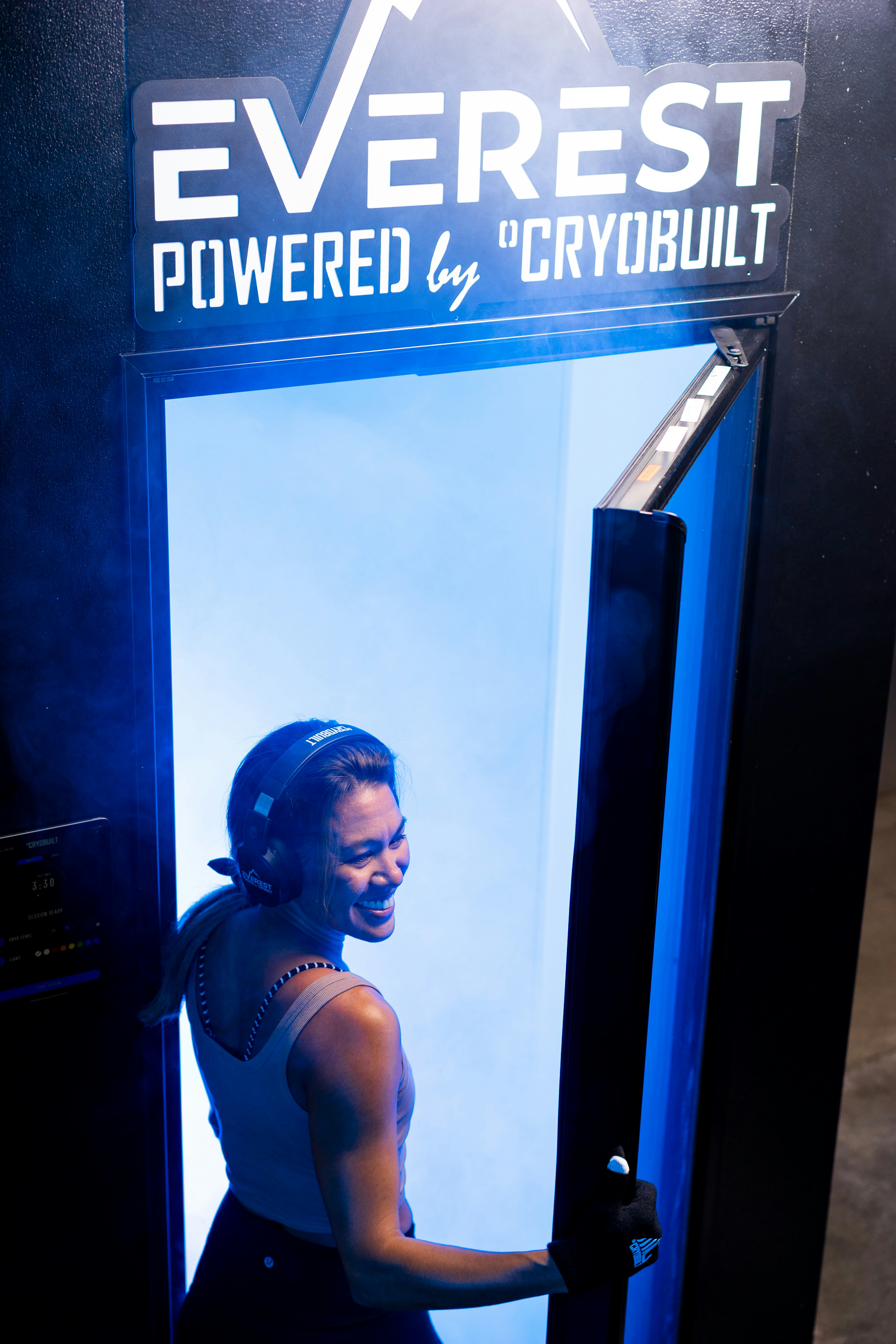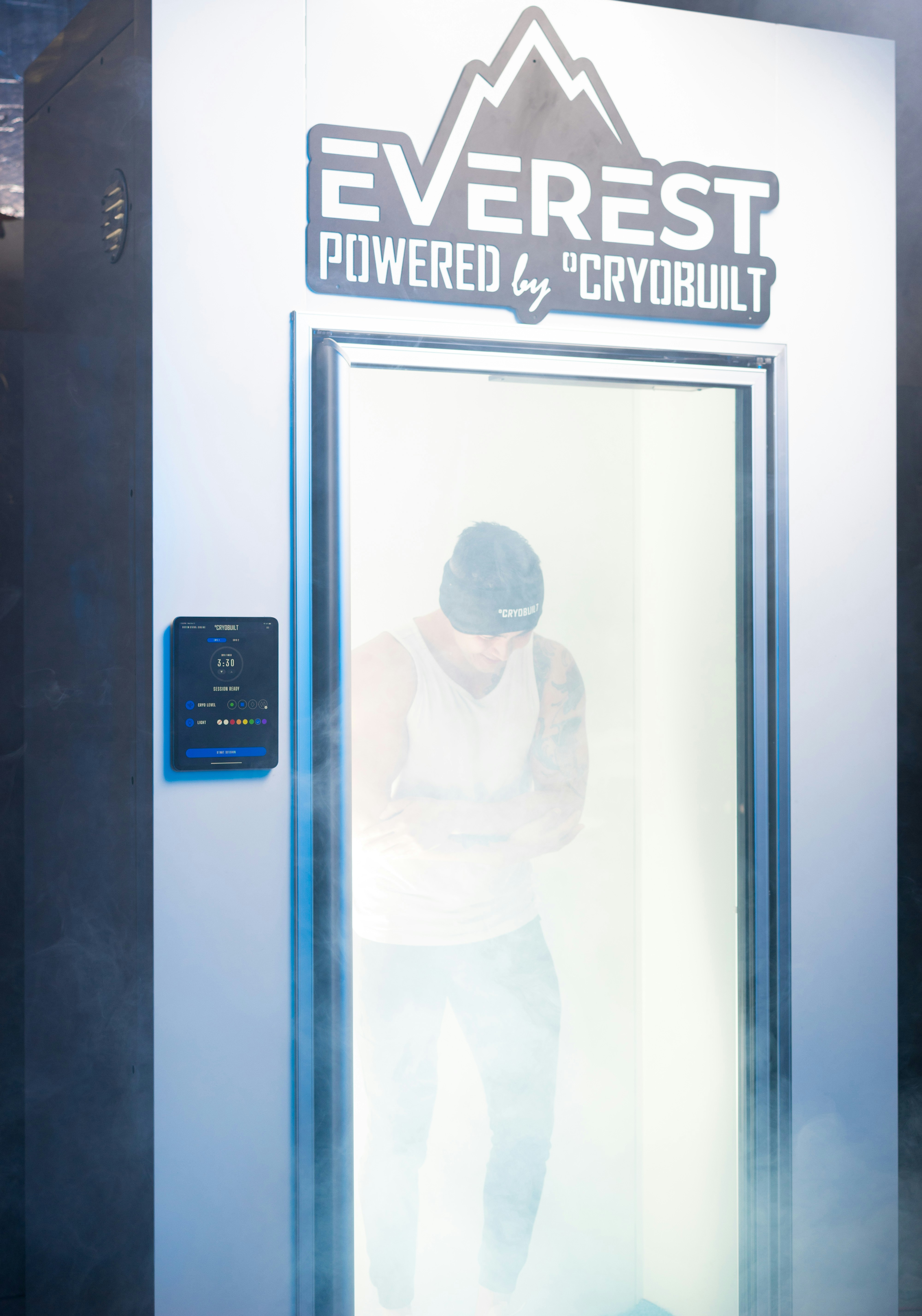Have you ever wondered how a simple dip in cold water might be doing more for your skin than just waking you up in the morning? Cold plunging is not just a crisp jolt to your senses; it’s a practice that could bring a cascade of benefits to your skin health. Imagine rejuvenating your skin naturally, enhancing its elasticity, and encouraging a healthy glow simply through the act of immersing yourself in chilly waters. The secret lies in how cold plunging interacts with collagen synthesis—an integral process for maintaining skin firmness and resilience.
Understanding Collagen: The Building Block of Your Skin
Before taking the plunge into the science behind cold plunging, it’s essential to grasp why collagen is so significant for your skin. Collagen is the most abundant protein in your body, offering structure and support, particularly within your skin. It’s responsible for skin elasticity, preventing sagging and providing a youthful appearance. As you age, collagen production naturally declines, leading to wrinkles and softer skin. The effects of cold plunging may assist in slowing this decline and even in boosting collagen synthesis.
The Role of Collagen in Skin
Collagen behaves like scaffolding, giving your skin its strength and volume. It’s what keeps your skin firm and smooth. When collagen levels are high, skin appears radiant and plump. Declined collagen levels result in the formation of fine lines and wrinkles, indicators often associated with aging. By understanding how to enhance collagen production, you’re effectively piecing together a puzzle that keeps your skin vibrant.
Factors Affecting Collagen Synthesis
Various factors can impair your natural ability to produce collagen. Aging is the primary cause, but exposure to the sun’s ultraviolet rays, pollution, and poor nutrition also play contributing roles. Stress and lack of sleep can further slowdown collagen formation, leaving skin vulnerable and dull. Addressing these factors can improve your natural collagen synthesis, and coupling this with practices like cold plunging may magnify the benefits.
What is Cold Plunging?
Cold plunging, or cold water immersion, involves immersing yourself in cold water, often at temperatures below 15°C (59°F), for a brief period. This practice extends beyond adventurous fitness routines into therapeutic regimes. People engage in cold plunging as a way to invigorate their systems, boost mental alertness, and enhance physical performance. Each plunge can be a therapeutic moment that goes beyond enhancing your mood, reaching deep into your body’s biological functions, including collagen production.
Historical and Cultural Significance of Cold Plunging
Cold plunging isn’t a new concept; it’s steeped in history and cross-cultural practices. From ancient Romans who built frigidariums as part of their bathhouses to the Scandinavian sauna culture where alternating between hot saunas and cold plunges is common, the tradition of using cold water to rejuvenate the body is time-tested. These historical insights remind you that what may feel like a trendy wellness practice today has roots embedded in ancient wisdom.
How Cold Plunging Works
When you immerse yourself in cold water, your body reacts quickly. Initially, there is a constriction of blood vessels, reducing blood flow. This reaction helps in mitigating any inflammation and can help your muscles recover faster from exertion. As you adapt, your heart rate slows, bringing about a calming effect. These physiological shifts suggest why cold plunging is sometimes associated with enhancing mood and reducing anxiety. But how does this relate to your skin?
The Science Behind Cold Plunging and Collagen Synthesis
You might be curious about the specific interaction between cold plunging and collagen synthesis. The science chiefly revolves around the body’s stress response and its ability to adapt, factors which are favorable for collagen production.
Cold Plunging Induces Stress Response
When you expose your body to cold, it triggers a stress response. Initially uncomfortable, this stress can be beneficial—it stimulates your body to adapt and strengthen. Cold water immersion increases your body’s norepinephrine levels, a hormone crucial for concentration, alertness, and mood regulation. More importantly, norepinephrine plays a role in collagen synthesis, aiding in skin repair and rejuvenation.
Enhanced Blood Circulation
Cold water immersion improves circulation by causing your blood to rush to vital organs. As your body works to warm itself, it compensates by bringing more blood to the surface. This increased circulation delivers nutrients and oxygen that support collagen production and enhance skin health. Your skin becomes more receptive to repairing itself and building resilience.
Boosted Antioxidant Defense
The body’s exposure to cold triggers a boost in antioxidant production. Antioxidants play a key role in defending the skin against damage from free radicals—unstable molecules that contribute to aging and skin damage. By enhancing the body’s antioxidant capacity, cold plunging can potentially adjust the rate at which your skin ages, indirectly supporting collagen integrity and slowing the breakdown process.
Benefits of Cold Plunging for Skin Health
Incorporating cold plunging into your routine can bring multiple advantages for your skin, supporting not only collagen synthesis but overall health. Here’s how:
Improved Skin Tone and Tightness
Regular cold plunging may enhance natural skin tone and tightness by stimulating blood flow. You might notice your skin appearing firmer post-plunge, thanks to the impact of improved circulation and collagen boosting effects.
Reduced Inflammation and Puffiness
Cold plunging is known for its anti-inflammatory properties. It can minimize puffiness and redness by constraining blood vessels and calming inflamed tissue. This makes it an accessible option for managing conditions related to skin inflammation and irritation.
Enhanced Moisture and Hydration
Exposure to cold water can help your skin retain moisture by sealing pores and trapping natural oils, leaving your skin hydrated without stripping away essential barriers. This retained moisture is essential for skin elasticity, keeping it supple and less prone to dryness.
Accelerated Healing and Renewal
Promoting a natural rejuvenation process, cold plunging aids in your skin’s ability to heal. By fostering collagen synthesis, regular exposure to cold temperatures can increase your skin’s renewal rate, repairing damaged tissue more effectively and quickly.
Incorporating Cold Plunging Into Your Routines
The idea of cold plunging might seem daunting, especially if you’re a novice. However, introducing it gradually and understanding the appropriate ways to do it make a significant difference in reaping the benefits.
Starting with Cold Showers
For many, the first step towards cold plunging is to begin with cold showers. Gradually lower the temperature of your shower water towards the end of your bath. This slow adjustment allows your body to get accustomed to the cold.
Creating a Regular Routine
Consistency is key, much like any wellness regimen. Aim for brief cold plunges or several minutes under cold showers a few times a week. Integrating it regularly can help your body adapt and maximize skin health benefits over time.
Ensuring Safety and Moderation
While cold plunging can be advantageous, it’s vital to prioritize safety. Ensure you don’t spend too much time in extremely cold water to avoid adverse effects like hypothermia. Listen to how your body responds, and don’t push beyond its comfort level. Consulting with a healthcare provider before starting if any underlying health condition exists can add an extra layer of reassurance.
Complementing with Collagen-Boosting Diet
Boosting collagen isn’t just about what you do externally. Complement cold plunging with a nourishing diet rich in vitamin C, glycine, and proline—nutrients that naturally support collagen production. Foods such as citrus fruits, berries, and bone broth are excellent diet choices.
Potential Downsides and Considerations
As with any health practice, understanding potential drawbacks allows you to make informed decisions.
Discomfort and Initial Shock
The immediate cold shock can be daunting. You may experience an abrupt catch in your breathing or initial discomfort. Recognize this as part of the body’s initial response mechanism, and know that repeated exposure can lead to a more manageable experience.
Consideration for Pre-existing Health Conditions
Cold plunging may not be suitable for everyone, particularly if you have cardiovascular issues or other health complications. Cold exposure challenges your body’s systems; thus, understanding your health limits and consulting with health professionals ensures the practice contributes to well-being rather than discomfort.
Understanding Personal Limits
Personal tolerance for cold and the ideal conditions for benefiting from cold plunging vary. Experiment gradually to understand what is comfortable for you and your skin type. Taking small steps means you’re more likely to create a sustainable, enjoyable wellness routine.

Conclusion: Embracing the Chill for Healthier Skin
You might find cold plunging a refreshing ritual that not only enhances alertness but also revitalizes your skin. By tapping into the body’s adaptive mechanisms through this simple yet profound practice, you can boost collagen synthesis, improve circulation, and foster resilient skin health. Whether starting with cold showers or engaging in organized plunges, the consistent integration of cold water exposure becomes a testament to natural rejuvenation. Embrace the chill and discover the rewards it holds for youthful, vibrant skin.




